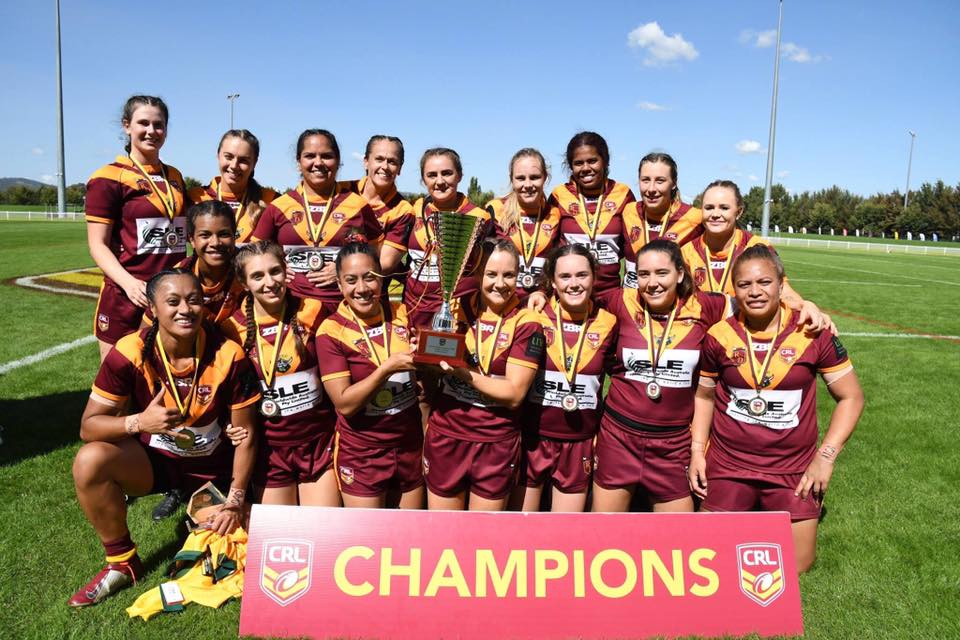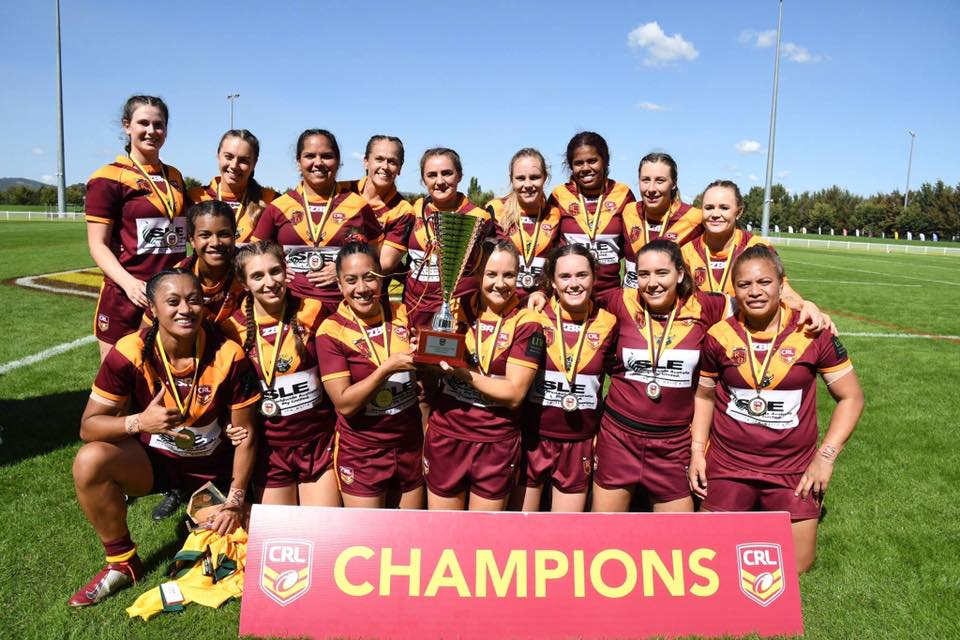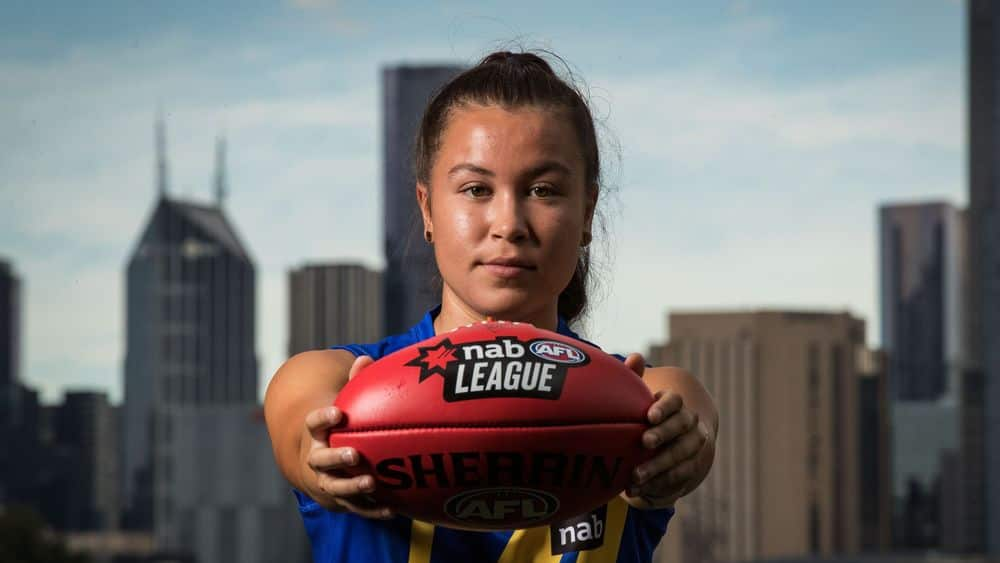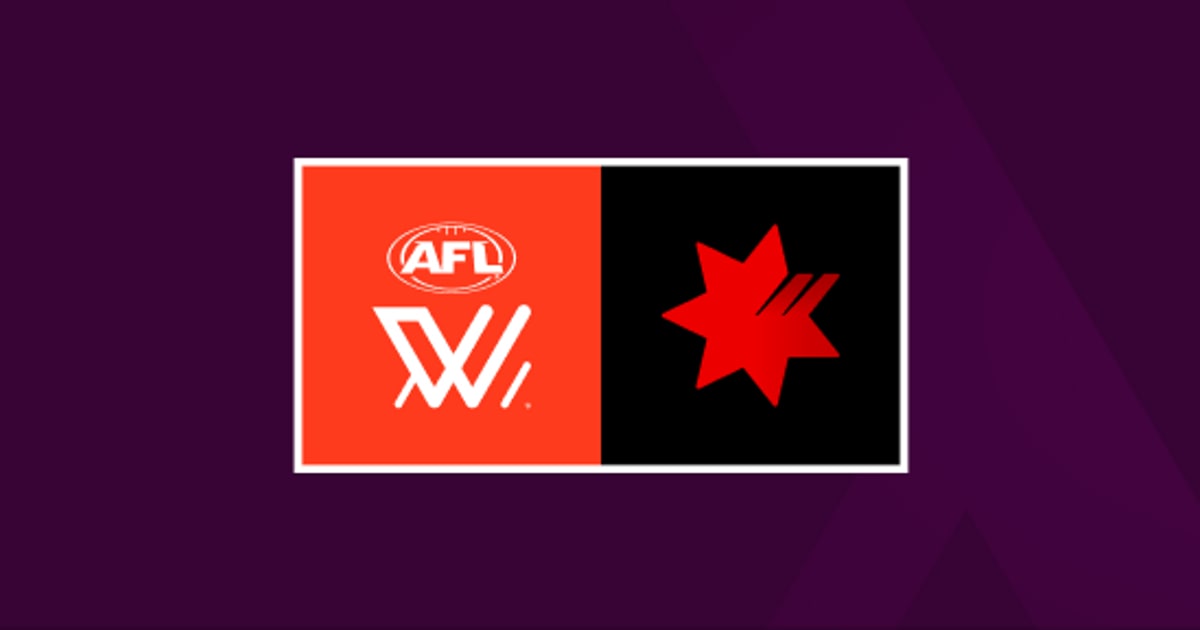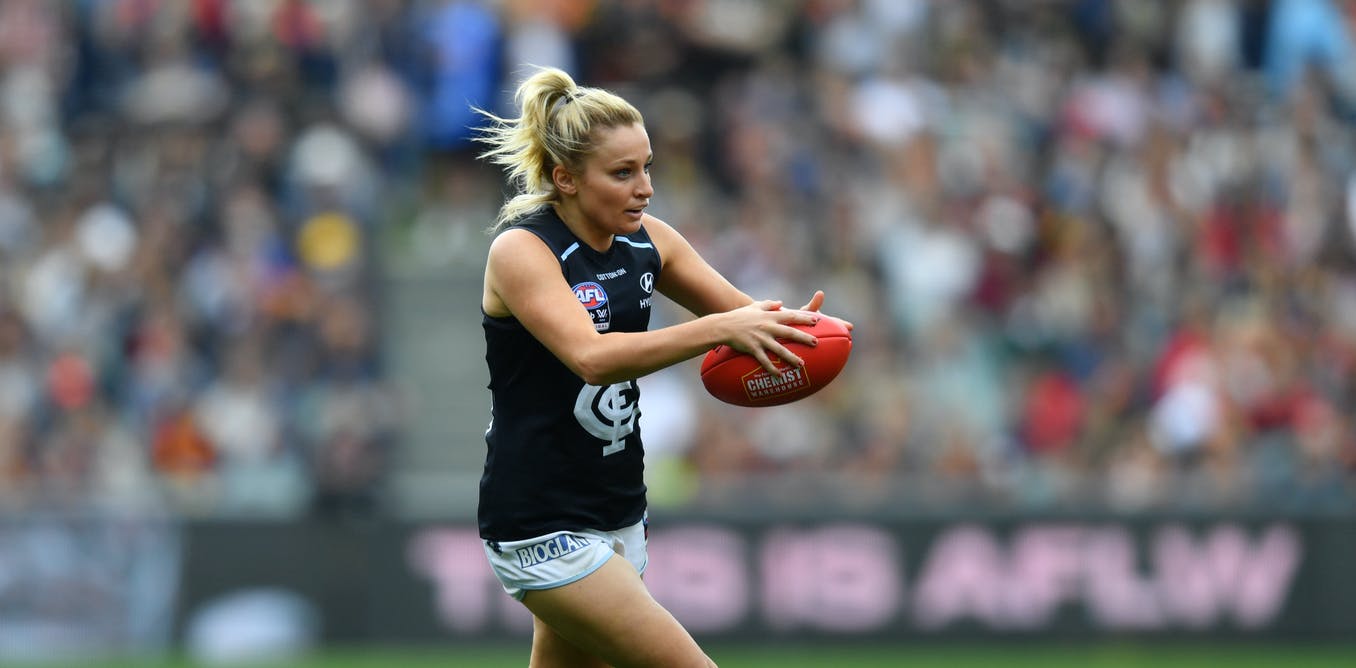Floghead2007
Not a draftee
- Banned
- #476
In my opinion, i think that maybe in another 7-9 years time when the girls coming through have played footy since they were 6-7yo's not 16-17yo's, it will start to improveAverage score it's inaugural season was 32.9
Average score so far in it's sixth season is 32.0
I've watched a few games lately and the standard is terrible, I've watched entire quarters that had maybe one clean pass by foot. There's a couple of players in each team that know what they're doing but the rest are running around like headless chooks. The average crowd size has been about 1,800 this season. Not sure what viewership numbers are like but I find myself only watching because it's a 'so bad you can't look away' type thing. How will this league ever survive on it's own? This is an honest assessment, not trying to knock it for no reason, I just don't see how this succeeds considering where it's at in it's sixth season.
The mens game first few years were exactly the same, you just gotta give it some time



